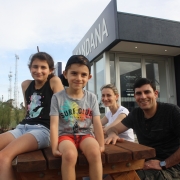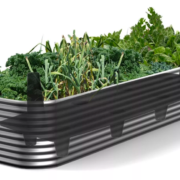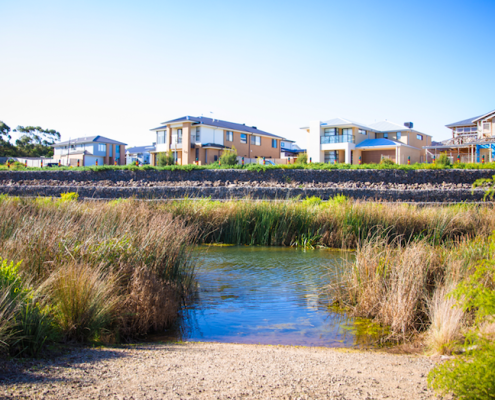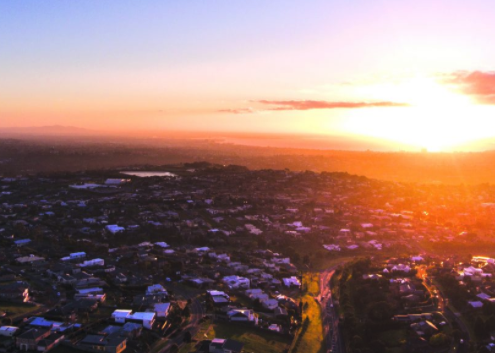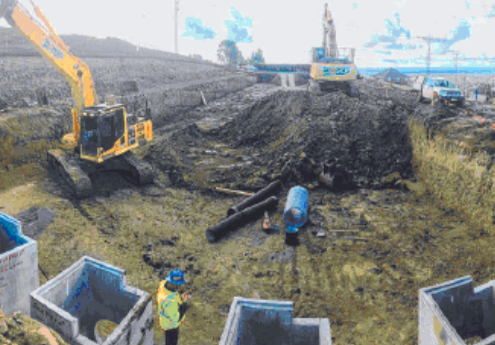New home, new life, new hope
It was once the cradle of civilisation. These days, there’s little that’s very civilised about the country that hounded Milad Butrus and his family from their home.
Bakhdida, in northern Iraq, became simply too dangerous for this Christian family, a Catholic family, and they fled to Jordan in 2014.
It was a harrowing flight to safety marked by hellish traffic jams in a baking desert, feverish passport negotiations with Baghdad bureaucrats, three businesses and a handsome double-story home left behind, friends, family too …
The alternative presented by Islamic State forces, who had been rocketing Milad’s Bakhdida home town for days, with shells landing as close as 500 metres away, was impossible.
“It was just like Baghdad, where most Christians left — some were killed, some were kidnapped, other had their properties stolen,” Milad says.
“I heard the same story over and over. They came in Hummer cars, they’d say ‘You’re Christian, sign these papers signing over your home or we’ll kill your son’.
“It happened with so many families, and it wasn’t only Islamic State, it was people from the government, the Iraqi army.”
Milad reveals two photographs on his phone that point all too vividly to the fear, anguish and horror of living in the shadow of IS.
The first is of a priest, dressed in brightly coloured robes, in his coffin. It’s Milad’s cousin. He was shot by IS while at Mass, trying to close the church doors against the terrorist intruders.
“They killed between 45 and 50 people in the church that day, some of them as young as two years old,” Milad says, raising his phone to show the second photo, of the church’s appallingly bloodstained and shattered interior.
Milad’s wife, Maherah, nods in agreement as he describes the anxiety of fleeing Iraq, hunkering down in Jordan for close to two years while seeking refugee status to just about anywhere that would take them.
They had their lives, their young children Neamah and Karam, now 11 and six, and they had prayers and hopes.
They’d left behind an IT services and internet provider business, a travel agency and a new furniture store. Their home was shelled but not obliterated. Milad’s father’s home was obliterated. Milad ponders whether he might be sell what’s left of his but he’s not sure if he can.
Fast forward five years and the Butrus family is resident in Geelong, infinitely safer than where they once called home. Geelong was their first stop after arriving at Melbourne Airport. They’re still pinching themselves about living in Australia.
Milad is working in IT at GHD, Maherah is studying English at The Gordon, the kids are lapping up school at Bell Park’s Holy Family Primary.
And they’ve just bought up at Villawood Properties’ new Wandana community between Highton and Ceres, where they’re planning to build soon and consolidate their new life in Australia.
Milad and Maherah grin shyly as they admit they’re even contemplating more kids.
Talk about turning your lives about.

